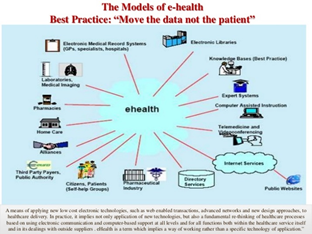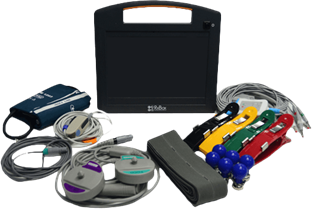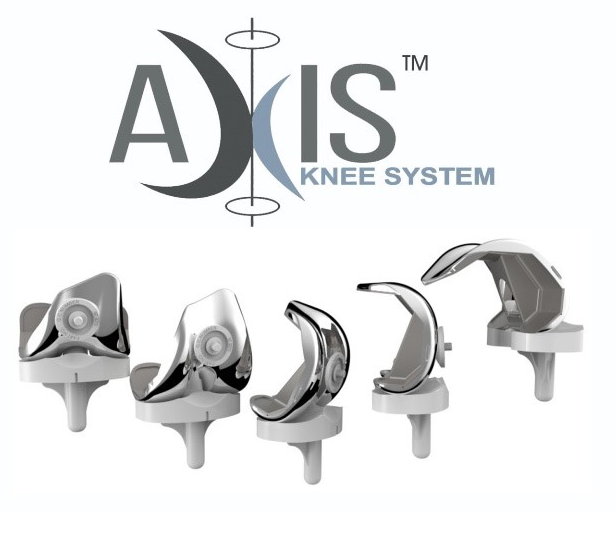Information and Communication Technology (ICT) has been already implemented in different industries here in the Philippines specifically in the field of Health and Medicine. According to the column of Helen Flores in Philippine Star posted in 2011, Science Secretary Mario Montejo said that “The Government spent almost 30 Million Annually for National Telehealth Service Program that aims to deliver health services through information and communications technology in remote communities”. The program is also called as the eHealth Technology which includes the portable device “RxBox” to over 1,600 poorest municipalities in the country. RxBox is a portable innovation funded by the DOST’s Philippine Council on Health Research and Development (PCHRD) and developed by researchers at the Electrical and Electronics Engineering Institute, and the U.P. National Institute of Physics from the University of the Philippines in Diliman, and the National Telehealth Center. In August 2015, the National Telehealth Center joined the science and technology (S&T) community in celebrating the “2015 National Science and Technology Week” and RxBox was the featured Technology.The main objectives of the RxBox research program is to develop a locally manufactured device with the medical-grade telemedicine device to help Rural Health Units/Local Health Center in rural areas or communities with the a Designed to provide better access to life-saving health care services in isolated and disadvantaged communities nationwide. The device can reduce the overall cost of healthcare by enabling health workers to diagnose, monitor and treat patients within the rural health facility. The research program is divided into three projects: Community Health Information Tracking System (CHITS) and eTriage integration into commercial biometric device, eNAI: Electronic Neonatal Assistive Intervention and the Field Testing and telemedicine device.
The Community Health Information Tracking System (CHITS) and eTriage integration into commercial biometric device is aim to integrate an electronic medical record. The eNAI: Electronic Neonatal Assistive Intervention is developed by the Electrical and Electronics Engineering Institute (EEEI) of the University of the Philippines Diliman with the following sensors included: Blood Pressure Monitor, Pulse Oxymeter, ECG, Fetal heart monitor, Maternal tocometer and Slots for future modules and lastly the Field Testing and telemedicine device with the aim determine the usability, ease of use and workflow integration of the RxBox.
eHealth System

The ICT used for health or also called as the eHealth System was started in the early 1988 as the DOH has learned from the results of experimentation and early adoption phase of developing software for Field Health Services and Information System, and has continuously developed or built other application or information systems. The use of ICTs in the DOH has remarkably supported and improved some of the functions of the Department. The ehealth vision is “By the year 2020 the Philippines will enable widespread access to health care services, health information, and securely share and exchange patient’s information in support to a safer, quality health care, more equitable and responsive health system for all the Filipino people by transforming the way information is used to plan, manage, deliver and monitor health services”. eHealth has proven to provide improvements in health care delivery and is at the core of responsive health system.
eHealth will improve the quality and safety of the health system through the following:
- Empowerment of health consumers to better manage their health records
- Availability of information like single view of the patients’ information at the point of care
- Decision support tools and knowledge based information thereby reducing medical errors
- Improved treatment and monitoring
- Availability of information for efficient and effective surveillance and monitoring of diseases and management of health
The eHealth will also support a more equitable health system through presence of information about the availability, location, expertise and services of health care providers and it will provide a more responsive health system. The DOST has the following projects for smarter healthcare:
- RxBox: Connecting medics - a medical device which enables health workers in remote communities to consult with medical experts in urban areas, thus providing better access to life-saving healthcare services in isolated and disadvantaged communities nationwide.
- e-TABLET: Managing medical records - is a tablet-based electronic medical record system.
- PHIE: Centralized medical records - provide centralized database of health and medical records nationwide, allowing a patient to retrieve his medical records from anywhere in the country.
- Enhancing eHealth via TVWS connectivity - DOST-ICTO is tapping into the potential of TV White Spaces (TVWS) or unused frequencies between broadcast TV channels, to provide an extremely cost effective means for internet connectivity and data delivery in areas underserved by telecommunications companies.
RxBox Device

RxBox Device or simply known as “RxBox” is a telemedicine device capable of capturing medical signals through built-in medical sensors, storing data in an electronic medical record (Community Health Information Tracking System – CHITS), and transmitting health information via internet. It is one of the DOST’s efforts of “Smarter Philippines” and the ICT’s innovation designed to support the DOH’s call for Kalusugang Pangkalahatan or Universal Health Care. This is funded by the DOST’s Philippine Council on Health Research and Development (PCHRD) and developed by researchers at the Electrical and Electronics Engineering Institute, and the U.P. National Institute of Physics from the University of the Philippines in Diliman, and the National Telehealtg Center. The RxBox can reduce the overall cost of healthcare by enabling health workers to diagnose, monitor and treat patients within the rural health facility. RxBox can do the following medical services:
- Blood pressure monitor – measures the patient’s blood pressure to detect cardiovascular (heart and blood vessels) problems especially hypertension, a disease which can also worsen other chronic lifestyle disease conditions.
- Pulse oximeter – measures the level of oxygen in the patient’s blood and can help detect lung and cardiovascular problems.
- Electrocardiogram (ECG) – monitors the heart’s movement to pump blood throughout the body, helpful for those with acute and chronic heart problems, including pregnant mothers with cardiovascular problems.
- Fetal heart monitor – measures the baby’s heart rate while in the womb, helping detect fetal distress at critical times of the pregnancy and delivery.
- Maternal tocometer – measures the strength of a mother’s uterine contractions during labor and delivery, enabling early detection of distress to the mother and/or the baby.
- Temperature sensor – measures a patient’s body temperature. It can help detect fever, a common medical sign of infection and other disease conditions



Source: Jaudian, R.J. (2018, January). Trends, Issues and Strategies of Department of Health for Health Workers in Remote Communities. Retrieved from https://steemit.com/ehealt/@godlovermel25/2n5bv4-trends-issues-and-strategies-of-department-of-health-for-health-workers-in-remote-communities












